You are on-track you are with your thinking - especially since you are taking winter-hours of solar-insolation into account, and not just sunrise-sunset hours.
You may not need more than two days at this point in winter. Ideally, one strives to put back 110 to maybe 120% of what you took out to get a full charge because charging isn't perfectly efficient.
For a backup, perhaps just a 10amp AC charger will do considering you are using a 104 ah batttery. That's just about right at C/10 current. The window is C/12 to C/8 for FLA, so you have some wiggle room. Choose wisely as some automotive type chargers will do EQ and other optimization tricks behind your back that you may want to have more control over. Essentially, if they don't publish the voltage specs, or have been verified by another, be cautious.
Yes! However, in summer you will most likely make it with longer solar insolation hours. But most design for winter unless it is just a summer project.
So yes, a 200 watt system driving a 104ah battery would do fine as that is in the C/12 to C/8 window, and even in winter, you'll have enough hours to do the job *as it stands now*. Take that 104ah battery down to 50% DOD, with only two hours of winter insolation even at 200 watts, you are back to square one.
The 18v I used was for a standard "battery" panel, and not one that is a higher voltage "GTI" grid tie panel. The typical Open-Circuit-Voltage OCV of a battery panel is anywhere from 17 to 21 volts or so. So it was easy to calculate the BEST, but not real world output considering losses, amperage.
In the solar game, unless you are doing space-orbit calculations, round down. Ie, when we calculate a 100 watt panel being able to turn out 5.555 A, just round down to 5 even to give you some headroom.
Typically a pwm charge controller and less than perfect conditions means that you are looking at 75% rated efficiency of the system as a whole. MPPT can go higher under certain conditions and many threads to explore on that. So now, one also wants to account for inefficiencies.
Basically your choice of another panel would be just fine for a starter setup, the loads you use, the capacity and chemistry of your battery, and the solar-insolation you are facing in the winter. Solar is a LOT more fun when you do the math rather than winging it! Good to see you calculating what you need...
I guess I better make sure I give it a few days to charge after a good hard Saturday of use.
For a backup, perhaps just a 10amp AC charger will do considering you are using a 104 ah batttery. That's just about right at C/10 current. The window is C/12 to C/8 for FLA, so you have some wiggle room. Choose wisely as some automotive type chargers will do EQ and other optimization tricks behind your back that you may want to have more control over. Essentially, if they don't publish the voltage specs, or have been verified by another, be cautious.
So what I am thinking is that if this shed starts getting regular use, I will be needing to purchase another 100w panel to keep my battery from taking a crap on me in 6 months.
So yes, a 200 watt system driving a 104ah battery would do fine as that is in the C/12 to C/8 window, and even in winter, you'll have enough hours to do the job *as it stands now*. Take that 104ah battery down to 50% DOD, with only two hours of winter insolation even at 200 watts, you are back to square one.
The 18v I used was for a standard "battery" panel, and not one that is a higher voltage "GTI" grid tie panel. The typical Open-Circuit-Voltage OCV of a battery panel is anywhere from 17 to 21 volts or so. So it was easy to calculate the BEST, but not real world output considering losses, amperage.
In the solar game, unless you are doing space-orbit calculations, round down. Ie, when we calculate a 100 watt panel being able to turn out 5.555 A, just round down to 5 even to give you some headroom.
Typically a pwm charge controller and less than perfect conditions means that you are looking at 75% rated efficiency of the system as a whole. MPPT can go higher under certain conditions and many threads to explore on that. So now, one also wants to account for inefficiencies.
Basically your choice of another panel would be just fine for a starter setup, the loads you use, the capacity and chemistry of your battery, and the solar-insolation you are facing in the winter. Solar is a LOT more fun when you do the math rather than winging it! Good to see you calculating what you need...
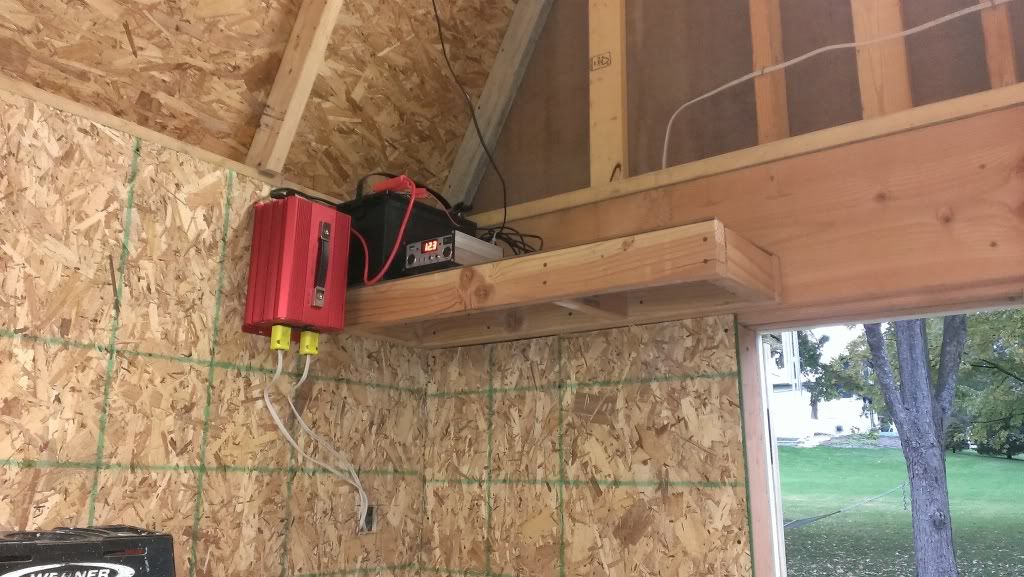

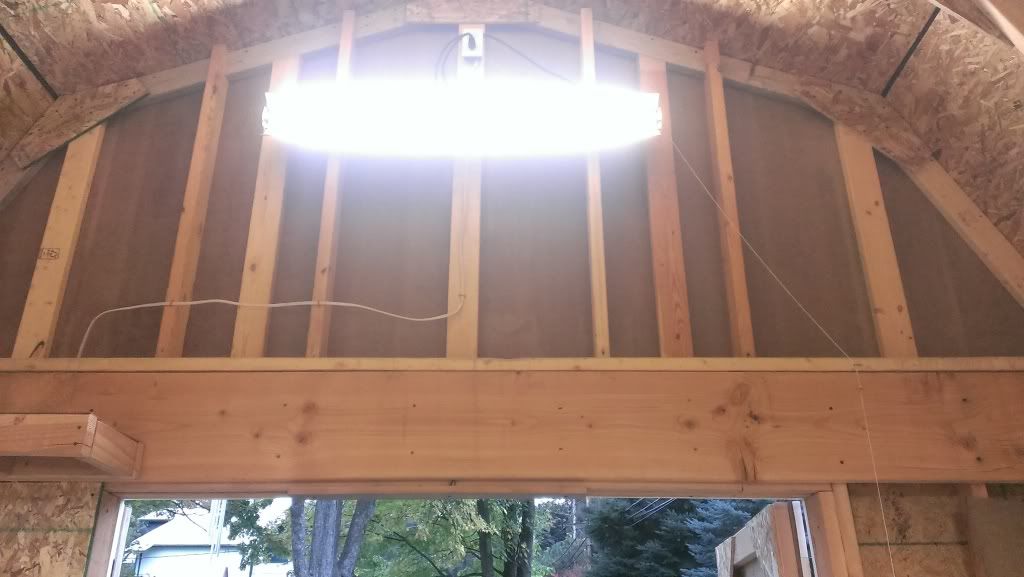
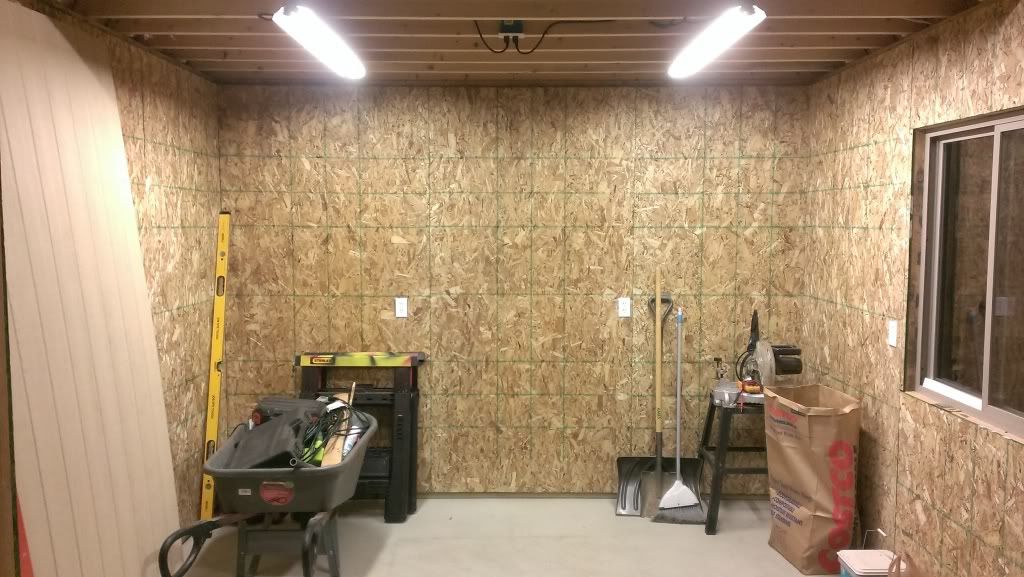
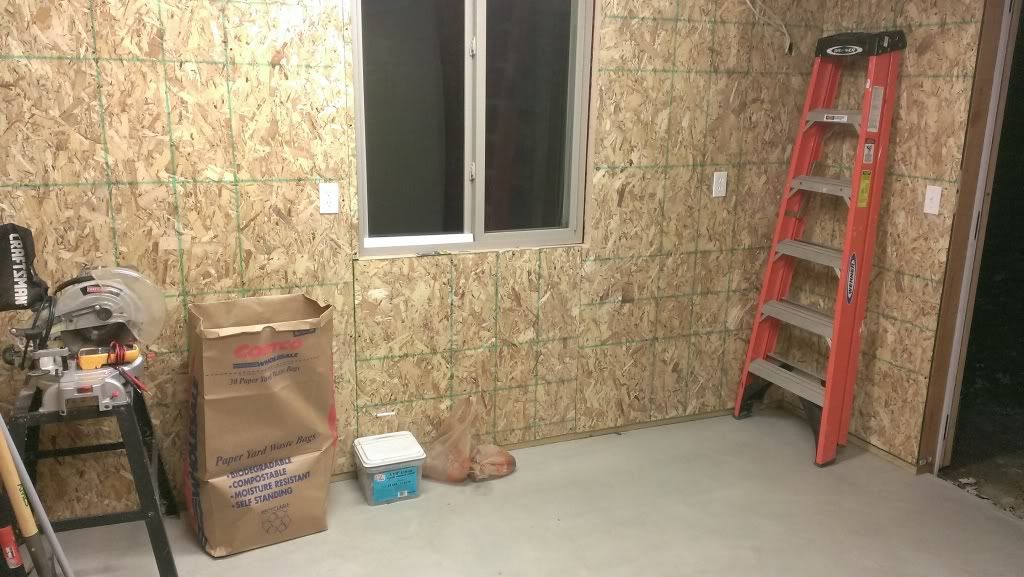
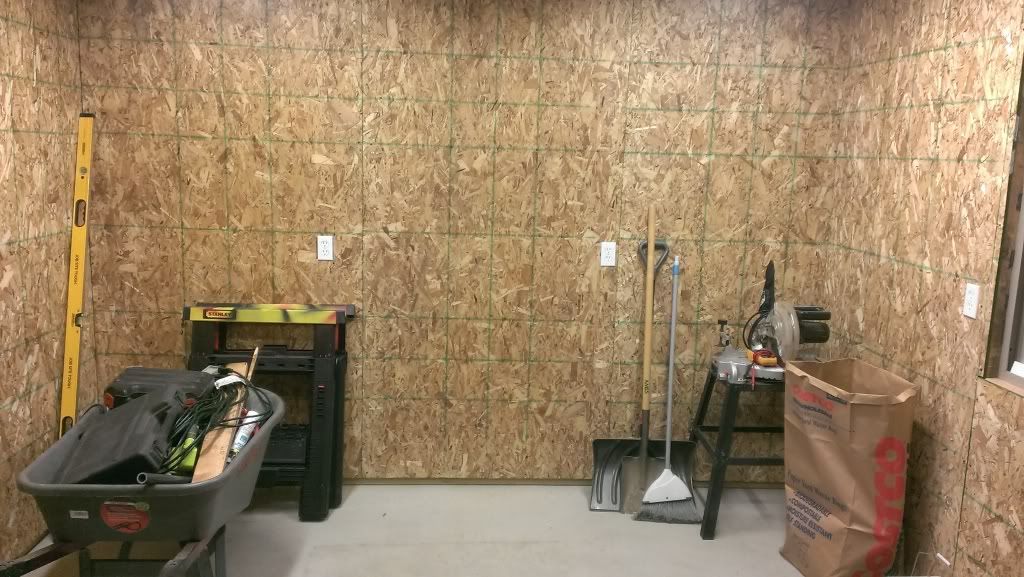

Comment